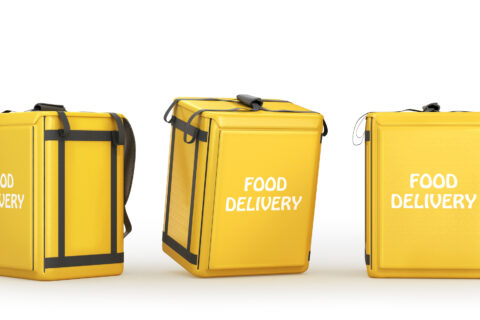DIY market research has moved up the agenda and center-stage.
From boardroom to grass roots level, the vital role that self-service research plays in driving smart, agile decision-making has been accepted. The digitalisation of market research, like that of most industries, has risen significantly over the last few years. The global pandemic has accelerated this trend, making the ambitious vision of the democratisation of market research a reality.
This attitudinal change has been a long time coming. Driven by new technologies, new channels to market, and constantly evolving customer behaviours, the digital transformation of the research space is essential and beneficial.
So now what? What could follow the adoption of simple DIY research tools to get fast answers to essential business questions? What emerging trends are fit to follow this technology innovation?
I believe that there are four hot topics in particular that colleagues, agency and client-side, should watch closely. The benefits they bring to both sides of the table are powerful, and worth careful consideration.
1.The emergence of more nuanced customer personas
More nuanced technology interfaces will be developed to match different levels of skill and experience. Ipsos.Digital has done much in this space already, empowering people of all levels of experience to build research projects and understand the findings in full confidence. The future is a DIY system that changes based on the knowledge of the user, in terms of both features and design.
2.Collaboration on research projects
There will be a shift towards increased interaction between team members during the life cycle of a project. Individuals will contribute at different stages of the project, depending on their experience and skill set. This will further drive the development of scaled customer interfaces. It will probably also lead to more people providing input based on their specific experience in the industry or country for which the project is being run.
3.Social listening – set to become the norm
Social listening is expected to become a commonplace support to market research data in the coming years. Instant access to anecdotal evidence and in-depth conversations about brands, products and issues is a powerful tool. Technology is already available to enable businesses to better harness this new world of possibility. Now we need to start accessing and exploiting this valuable information.
4.AI and smart probing – changing the way we ask questions
Smart probing using AI within the data collection process is a bi-product of augmented interaction across multiple data sources. When someone says something in an open-ended question, AI will automatically try and tease out a little more information from respondents. Questionnaires are likely to feature more open–ended questions as technological progress enables increased mixing of quant. and qual. approaches. AI will in part adopt the role of a moderator in a quant. environment.
Taking a step back for a moment, there is another big change on the horizon. 2021 may also see the rebranding of the DIY market research itself. Often associated with quick amateur fixes that may or may not work, the term DIY has negative connotations that simply don’t apply in this context.
DIY conveys how easy-to-use and intuitive products are for the end-user, unless they want a more sophisticated product, in which case an experienced researcher can intervene and support the specific needs of the client. DIY market research is not, however, the poor cousin of traditional methods. It’s the technology that makes reliable, high quality, next-day answers to business questions possible.
This year we will see DIY being used increasingly as the point of departure for many studies. The wall between DIY and full researcher assisted methods will vanish as technology empowers clients to start a project in DIY, request researcher assistance as and when they need it, and continue in DIY for other parts of the project. In this way, DIY will become a true collaboration tool. I think it’s time for a rebrand, don’t you?


